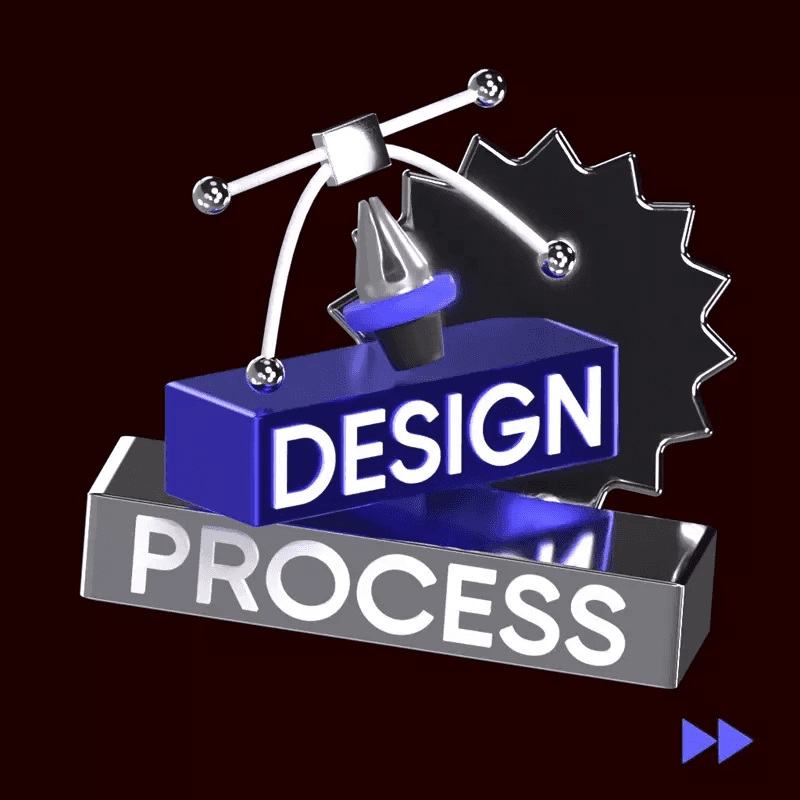Jitter Effects in Rendering
Jitter Effects in Rendering
Jitter Effects in Rendering
Jitter effects in rendering refer to the visual artifacts or inconsistencies that occur when rendering computer graphics, particularly in the context of animation. These effects are often caused by the sampling and quantization of digital images, leading to irregularities in the final output.
One common type of jitter effect is known as "temporal aliasing," which occurs when there is a mismatch between the frame rate of the animation and the frequency of motion within the scene. This can result in stuttering or flickering images, making the animation appear less smooth and realistic.
Another type of jitter effect is "spatial aliasing," which occurs when there is a mismatch between the resolution of the display device and the level of detail in the rendered image. This can lead to jagged edges or pixelation, especially in scenes with high contrast or fine textures.
Developers and animators often use techniques such as anti-aliasing, motion blur, and adaptive sampling to reduce jitter effects in rendering and improve the overall visual quality of their animations. By carefully adjusting these parameters and optimizing the rendering process, they can create more realistic and immersive experiences for viewers.
In conclusion, jitter effects in rendering can detract from the quality of computer-generated images and animations, but with proper techniques and optimizations, they can be minimized to create more visually appealing and engaging content.
15,000+ customizable 3D design assets
for UI/UX, website, app design and more


quote post


Information post


marketing post
Sign up for free
View All
A
B
C
D
E
F
G
H
I
J
K
L
M
N
O
P
Q
R
S
T
U
V
W
X
Y
Z
#
View All
A
B
C
D
E
F
G
H
I
J
K
L
M
N
O
P
Q
R
S
T
U
V
W
X
Y
Z
#
View All
A
B
C
D
E
F
G
H
I
J
K
L
M
N
O
P
Q
R
S
T
U
V
W
X
Y
Z
#
Tools
Create
Tools
Create